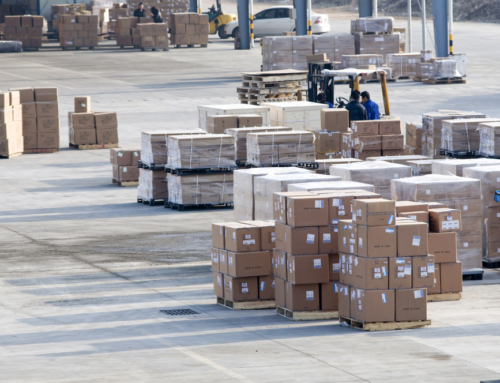Shifting demands and post-pandemic challenges fostered significant transformations in the United States warehousing and distribution sector. While the overall demand for warehousing has declined since 2022, availability and rental cost pressures remain. A surge in container imports, despite an uncertain market, continues to drive demand for warehousing space.
REGIONAL GROWTH
This increased demand for warehousing availability has led to expansions across the country. Notable growth is occurring in the Southeastern United States to support the influx of imports entering east coast ports like Savannah, GA. On the west coast, distribution centers have been growing inland in Phoenix, AZ and Las Vegas, NV in attempts to avoid a tight industrial real estate market in Southern California.
Texas has emerged as a focal point for continuous growth, extending from the southern border with Mexico to Dallas. With U.S. companies continuing the trend of nearshoring, warehouses and distribution facilities in Texas are on the rise, facilitating cross-border trade associated with nearshoring practices.
LINGERING EFFECTS
During the COVID pandemic, a notable shift occurred in import volumes across the western and eastern U.S. coasts. Ongoing congestion in ports along the west coast led many importers to reroute their supply chains through eastern ports such as Savannah and Norfolk. Importers in the central U.S., and even some on the west coast itself, also elected to utilize gulf coast ports in Texas to mitigate lengthy delays that were common throughout the pandemic.
STRATEGY
The growth in warehousing and distribution options across the country also serves as an act of risk management and diversification of distribution options offering flexibility to end customers. Partially due to the pandemic, companies have begun to hold larger amounts of inventory to rapidly fulfill orders, a shift away from just-in-time production practices commonplace for several years. The goal of maintaining higher inventory levels is to ensure the fulfillment of customer orders and avoid the backlogs that occurred during the pandemic’s delays.
The ongoing droughts affecting the Panama Canal have impacted shipping to both the east and west coasts. With companies now seeking space across the country, they will be able to bring their containers into ports that are less affected by service disruptors. The ability to avoid delays provides flexibility and security to supply chains that are reliant on imports for final products.
CONTAINERS FUEL DEMAND
Despite doubts, U.S. imports have continued to rise, fueling the growing demand for warehousing space. In October of this year, import container volumes increased by 3.9% year over year and were 11.5% higher than in October of 2019. Container import volumes in October were at their third highest ever, excluding the inflated numbers during the pandemic in 2020 and 2021.
Stay up-to-date on freight news with Green’s Weekly Freight Market Update by following us on Facebook, Instagram, and LinkedIn. For continuous updates, check out our website at greenworldwide.com.
NEED HELP WITH WAREHOUSING AND DISTRIBUTION?
Contact [email protected] to speak with Green’s warehousing and distribution experts.






